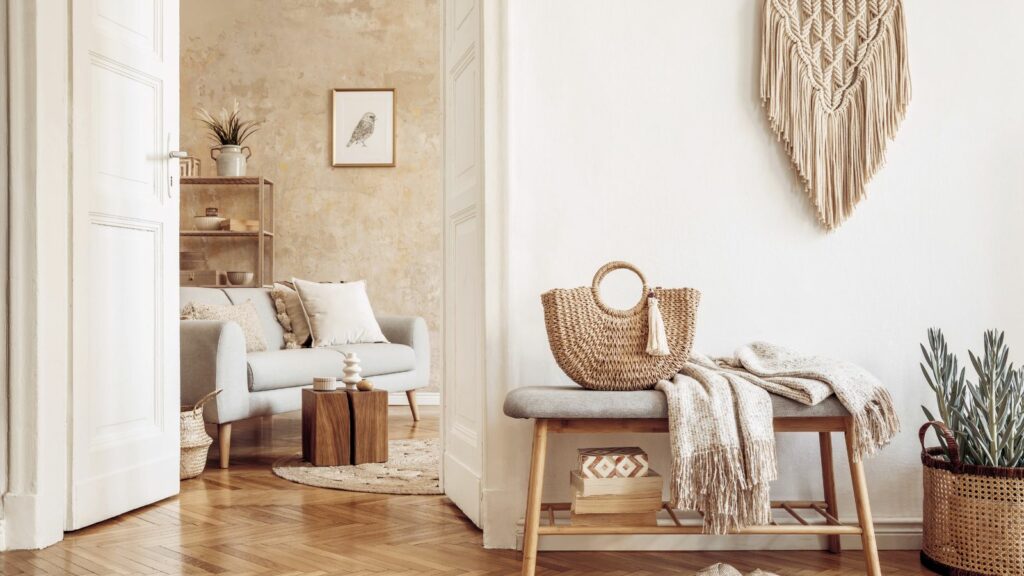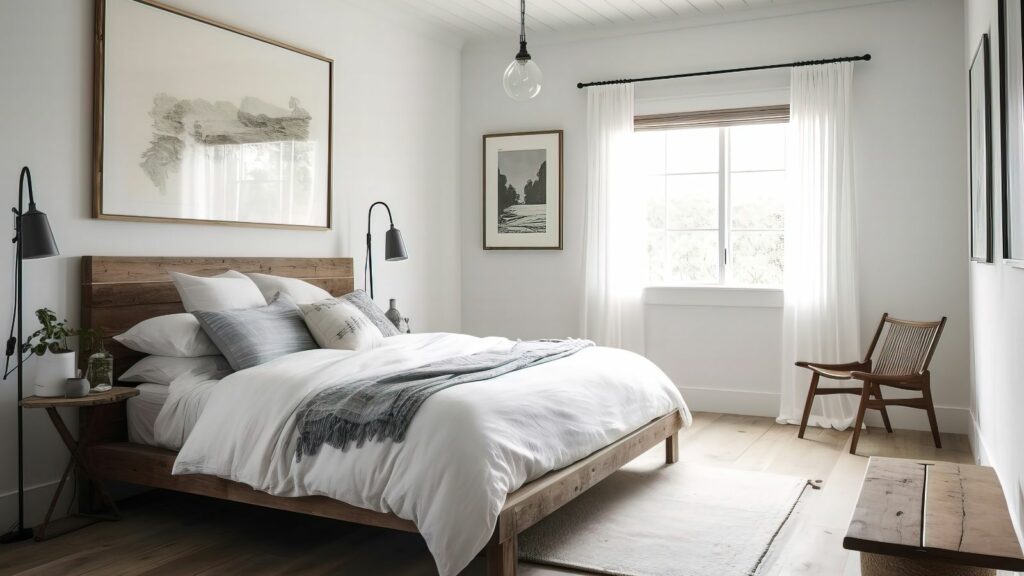Discovering innovative aesthetic minimalist room decor, one discovers a world where less is truly more. It’s a design philosophy that celebrates simplicity, functionality, and the beauty of uncluttered spaces. This article explores the key elements of this style, bringing you the best tips and ideas to transform your room into a minimalist masterpiece.
In the hustle and bustle of modern life, a minimalist room serves as a tranquil oasis. It’s a space where every item has a purpose, and excess is ruthlessly eliminated. So, if you’re ready to declutter your life and embrace the minimalist aesthetic, you’ve come to the right place. Let’s embark on this journey together, creating rooms that are not only visually pleasing but also foster peace and tranquility.
Aesthetic Minimalist Room Decor
Grappling with the need for serene, well-structured environments, aesthetic minimalist room decor provides a solution. Emphasizing only the essential principles, it serves as a tool for fostering peace, and tranquility.
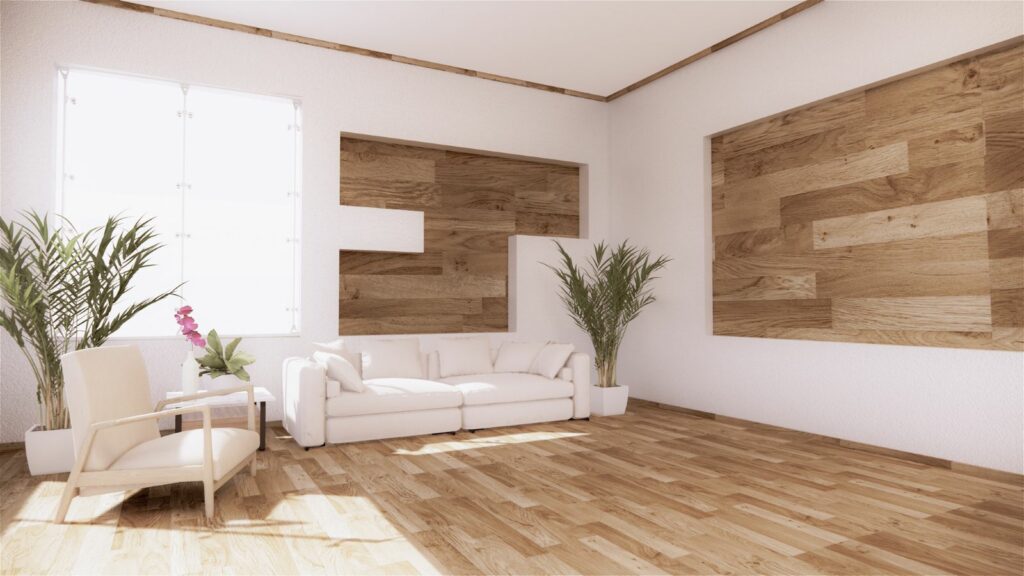
Minimalist design rests on a few, yet crucial components. Each element, from furniture to accessory choice, leans towards functionality and simplicity. First, it calls for a decluttering of the space, removing non-essential items and freeing up more room. By putting purpose at the front of decision-making, no room is wasted.
Moreover, quality matters more in minimalistic design than quantity. Investing in higher quality furniture and accessories, such as a solid oak table instead of several chipboard units, for instance, is characteristic of this style. As for aesthetic appeal, every item, even if it’s a practical piece like a lamp or a bookshelf, should contribute towards a sleek and unified look.
Finally, the minimalist aesthetic relies heavily on the incorporation of natural light. Maximizing openings, using sheer curtains, or even ditching curtains altogether, allows sunlight to invade and highlight the clean lines and balanced layout of the room.
How to Choose Furniture for a Minimalist Bedroom
Selecting the right furniture for a minimalist bedroom requires a careful consideration of functionality and design. Given the minimalist philosophy of simplicity, the focus tends to be on items that offer utility over embellishment.
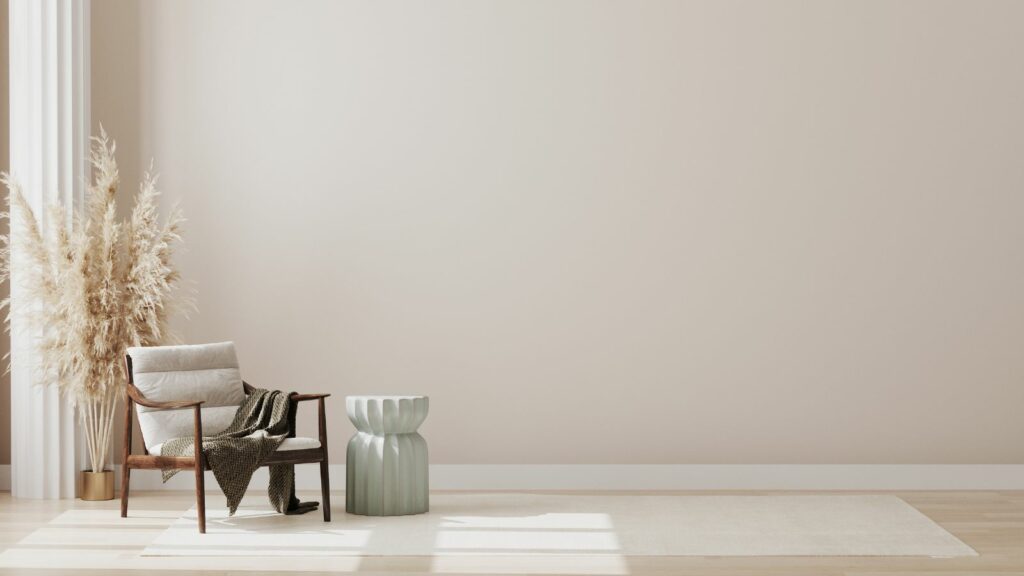
To embrace minimalism, focus on furniture pieces that offer practicality. For instance, a bed with built-in storage offers a great alternative to separate storage units, achieving a cleaner, decluttered look. Similarly, a multifunctional desk could double-up as a nightstand, further optimizing floor space. Floating shelves also neatly fit into minimalist bedroom decor, providing storage while maintaining minimal visual disruption.
Achieving Balance and Proportion
Balancing aesthetics and size is essential to a minimalist bedroom decor. Oversized furniture in a limited space can create a chaotic look rather than a serene retreat. On the other hand, undersized furniture tends to make a space appear sparse and unwelcoming. The trick lies in selecting furniture in proportion to the room’s dimensions, ensuring it neither overwhelms nor underwhelms the space. Pairing larger items, such as the bed, with smaller, streamlined pieces, like a sleek bedside table, often works to create a balanced decor equation.
Lighting and Accessories in Minimalist Decor
Lighting and accessories, when incorporated correctly, bring minimalist decor to life. Emphasizing natural light and choosing minimalist decorative items form crucial parts of this decor scheme.
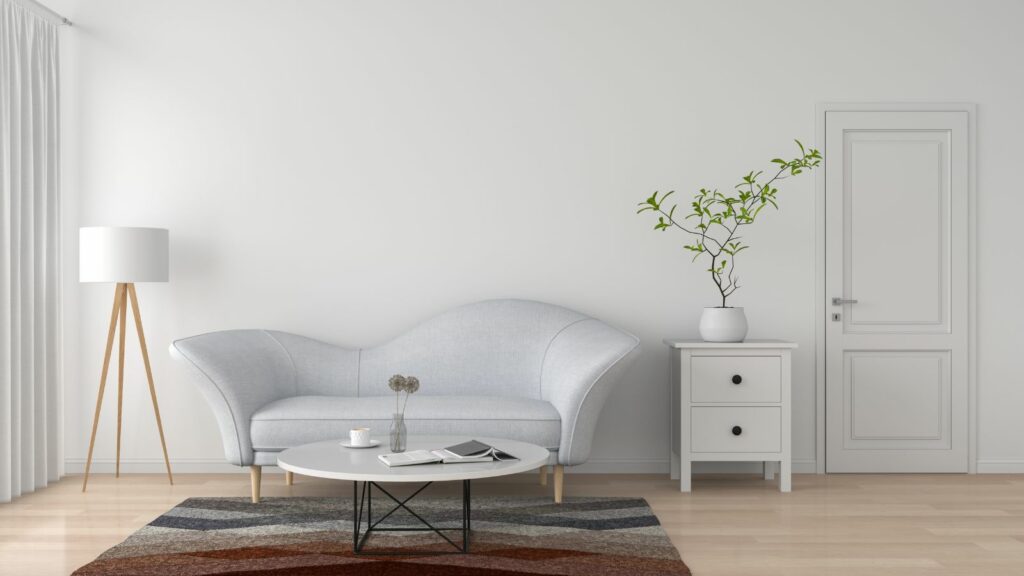
Natural light forms a vital component of minimalist decor’s ethos. Bright rooms foster tranquility and openness, mirroring the very concept of minimalism which is to optimize simplicity and maximize functionality. For example, placing furniture near windows or using lightweight curtains allows the inflow of natural light and creates a spacious, airy ambiance.
Choosing Minimalist Decorative Items
Strategic selection of decor items substantiates minimalist decor’s core principle of reducing clutter and maximizing utility. Each item you choose must provide function and simplicity; Eva Solo’s ceramic pots or Muuto’s silent vases are examples of such items, boasting straightforward designs that seamlessly blend with a minimalist room. Stick to a monochromatic or restrained color palette for the decor items, ensuring they complement rather than overpower the rest of the room.


